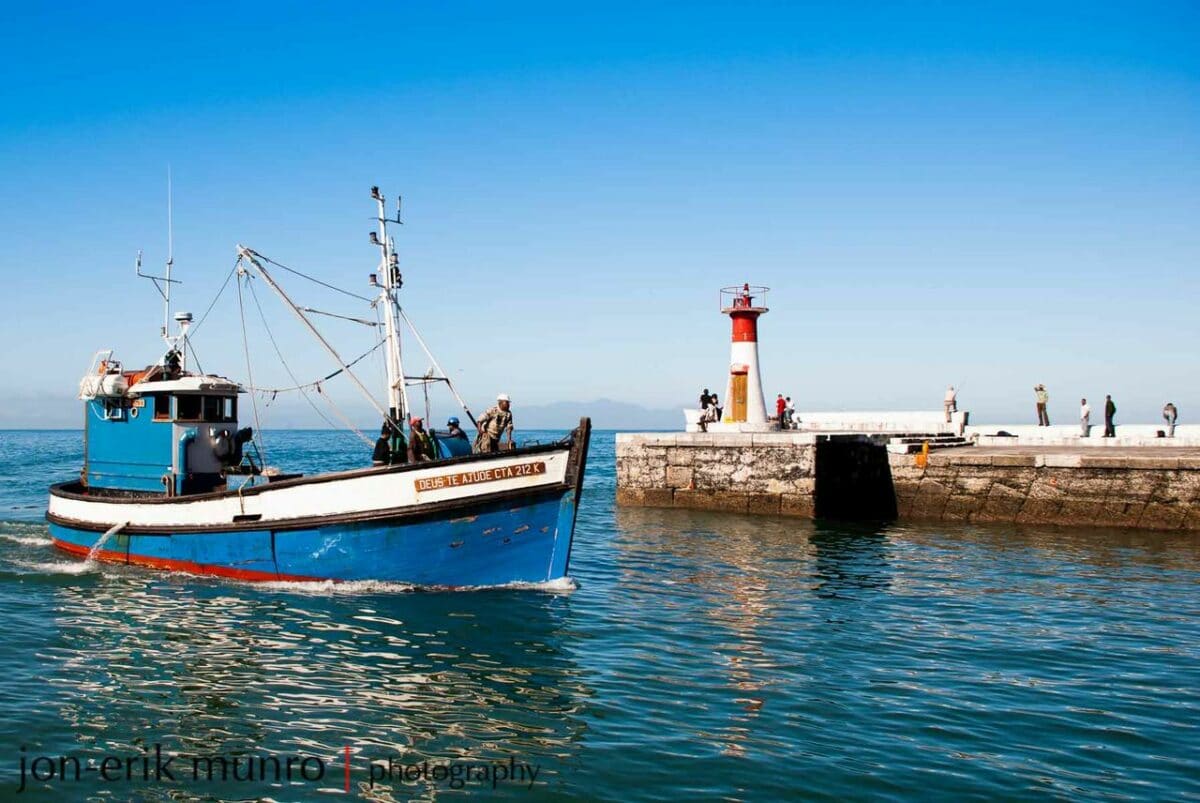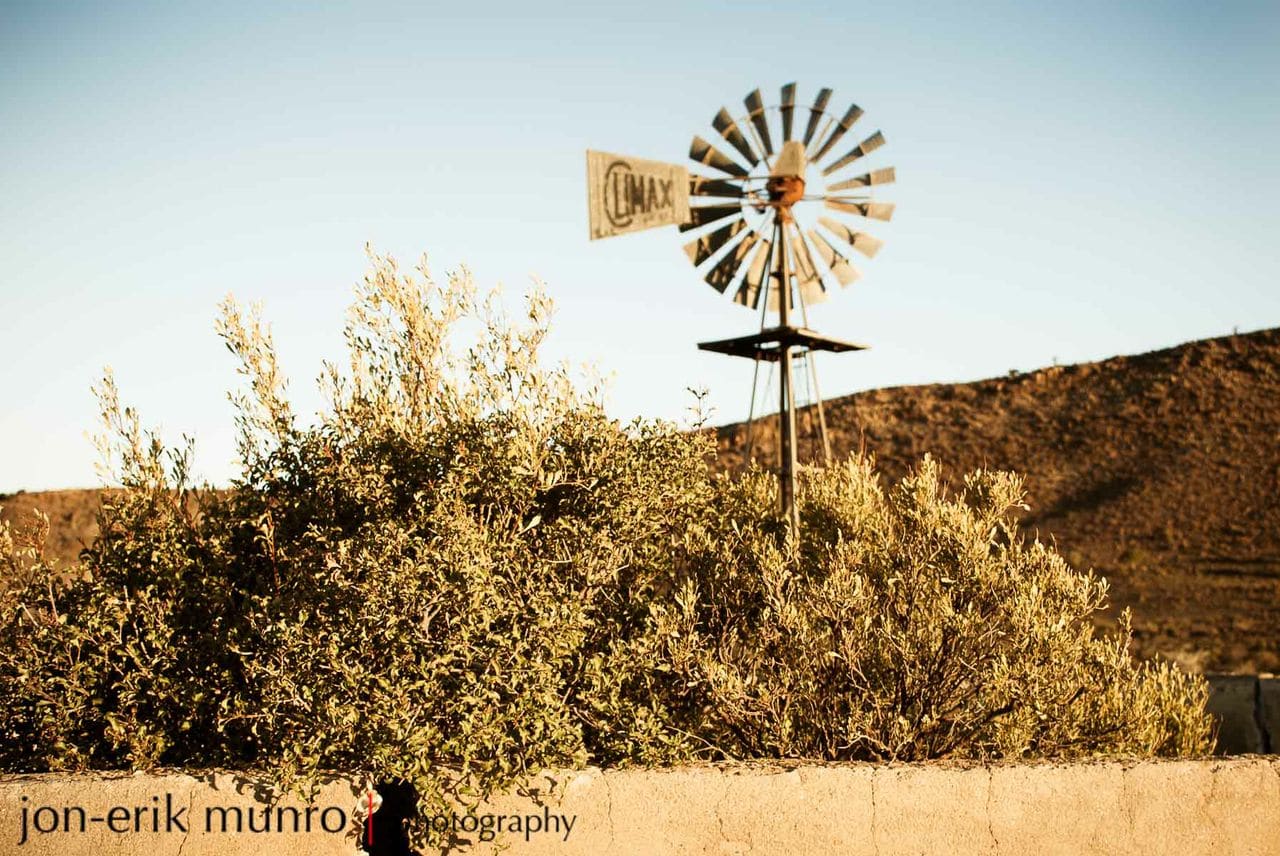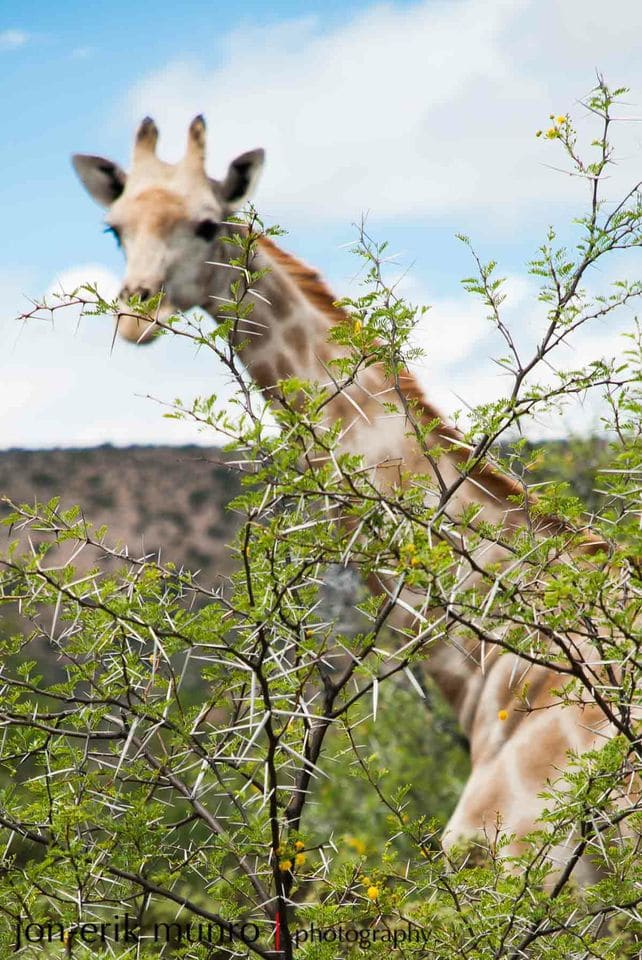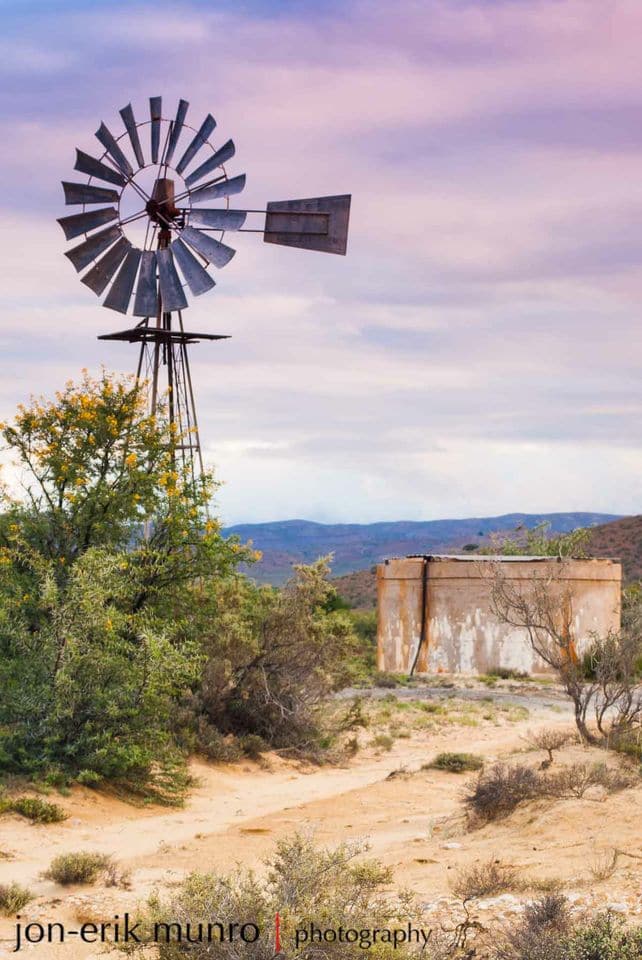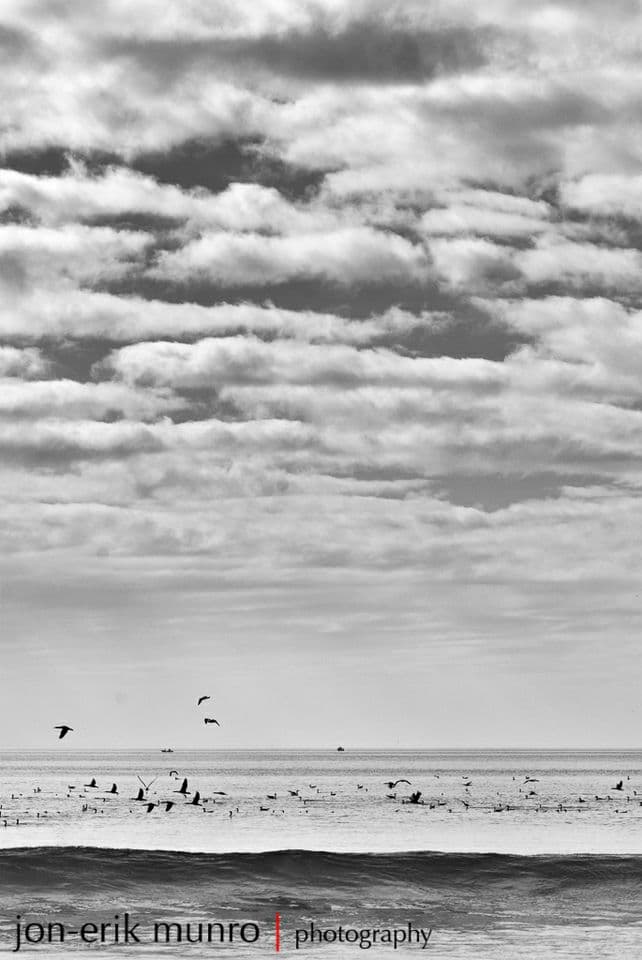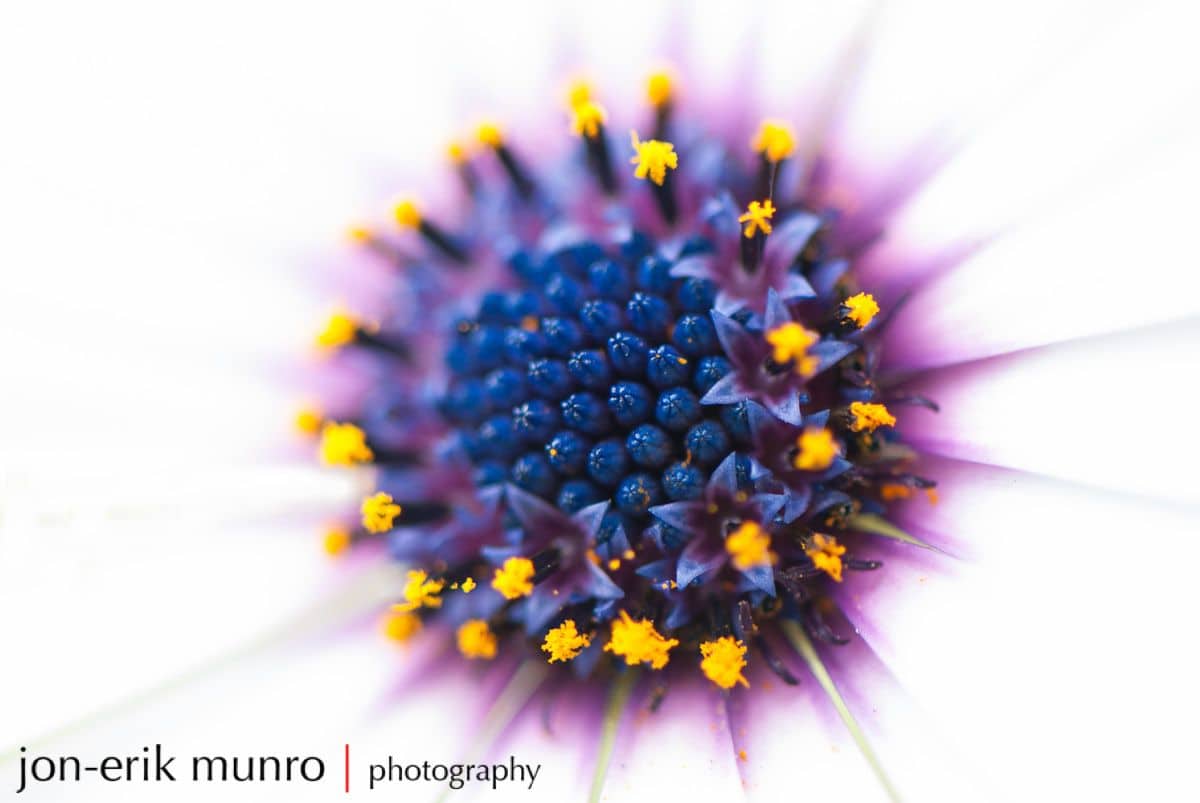The South African government’s ambition to bring Formula 1 (F1) racing back to the country remains alive, according to Tourism Minister, Patricia de Lille. Discussions with motor racing authorities are underway, with hopes to secure a return of F1 racing, which has been absent from South Africa since 1993.
To date, only two African countries – Morocco and South Africa – have hosted a Formula One race. The last F1 race was held at Kyalami Race Track in Johannesburg in 1993 and was won by Alain Prost.
The return of Formula 1 to South Africa has the potential to attract a new wave of international travellers to the continent, many of whom may incorporate the event into broader African travel experiences. It would also mean a considerable boost for the development of tourism infrastructure.
By positioning F1 as part of an “expanded safari circuit,” the country could offer unique dual experiences, combining world-class motorsport with iconic wildlife tourism, further enhancing Africa’s appeal as a multifaceted destination.
Record Attendance in 2023
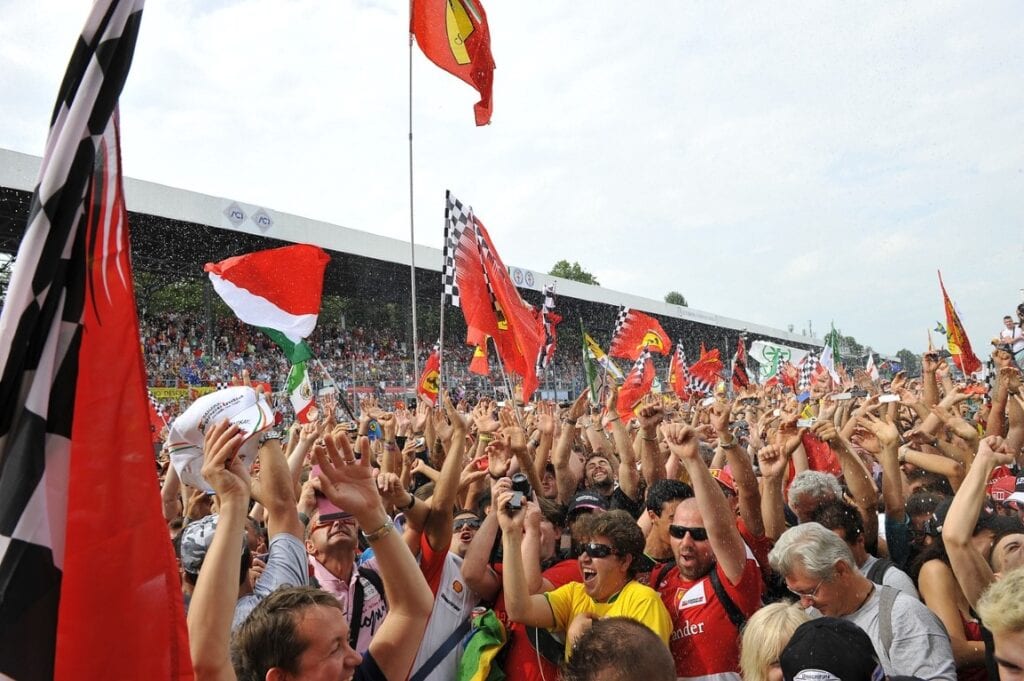
In 2023, Formula 1 saw record-breaking attendance, with over six million spectators across all 22 races. Some of the best-attended events included the British Grand Prix, which drew 480,000 fans, and the Australian Grand Prix, which attracted 444,600 people. The US Grand Prix in Austin also saw 432,000 attendees.
The total number of fans who attended Formula 1 races in 2023 was 6,150,000 – the first time in the sport’s history that the total attendance figure has passed six million and a massive 400,000 more than in 2022.
Kyalami to Return to the F1 Calendar?
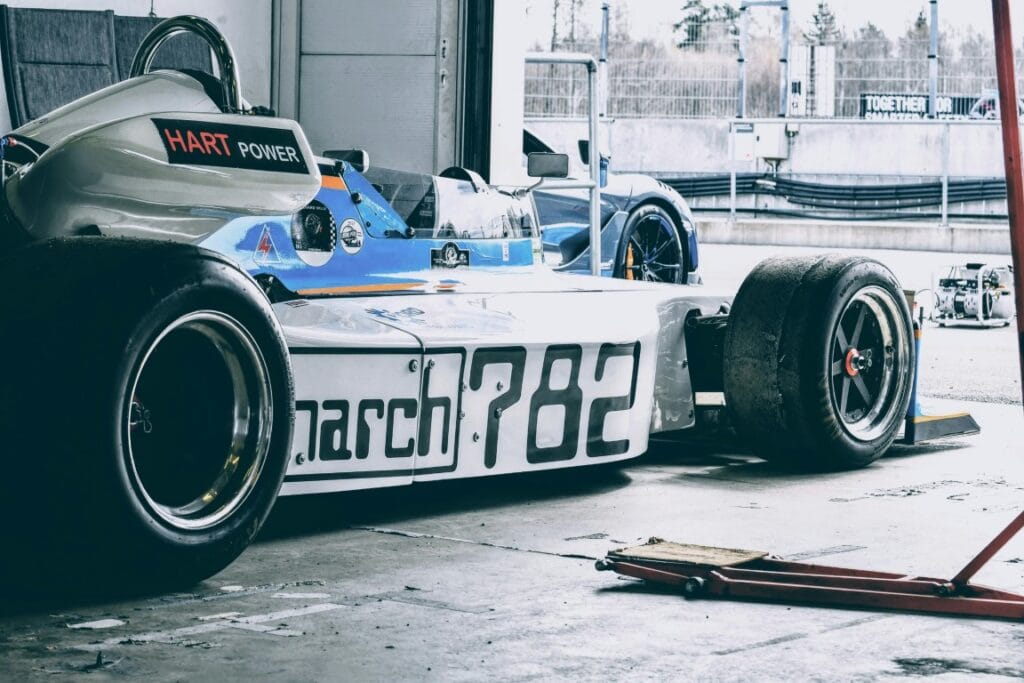
South Africa’s previous efforts to host an F1 race were stalled due to the country’s close ties with Russia. However, in September 2024, Sports Minister Gayton McKenzie met with FIA President Mohammed Ben Sulayem and Formula 1 CEO Stefano Domenicali at the Azerbaijan Grand Prix.
According to the Minister, authorities are “one step closer to bringing it [Formula 1] to South Africa” following this “extremely good meeting.” Kyalami and its stakeholders are coming to the party, too.
“The iconic Kyalami has taken proactive steps by engaging the services of Apex Circuit Design (Apex) to prepare a roadmap for FIA Grade 1 accreditation, a requirement to host a modern Formula 1 event,” the venue says. “Apex is an award-winning motorsport engineering consultancy responsible for the design and delivery of the world’s best racetracks.”
Following on from this, Minister McKenzie has already met with the Kyalami and Apex teams to learn more about these plans.
“Whilst negotiations with various role players, including Formula 1 owners, Liberty Media, continue tirelessly behind the scenes, South Africans can be rest assured that there will be a suitable home for the return of Formula 1 Kyalami,” the venue adds.
UFC in Africa?
Following his recent victories, including his title win over Sean Strickland and title defence against Israel Adesanya, UFC middleweight champion Dricus du Plessis has inspired momentum for a UFC event in South Africa, especially in Cape Town. City officials, led by Mayor Geordin Hill-Lewis, are proactively developing plans for a temporary roof at Cape Town Stadium to meet UFC’s indoor venue requirements, with an estimated cost of R30 million (US $1,655,000).
Although still awaiting government approval, this project could be completed by March 2025, aligning with UFC President Dana White’s expressed interest in bringing UFC to Africa, especially given du Plessis’s rising influence and fan base within South Africa.
Du Plessis, with his local and international fanbase, could leverage his influence to draw significant attention to the event. His recent fights have already raised South Africa’s profile in the MMA world, with local and international brands supporting him. Hosting the event in South Africa would mark the UFC’s first in Africa, enhancing the continent’s role in the global MMA landscape and setting the stage for further investments and international sporting events.
UFC President Dana White, alluding to Dricus du Plessis’s rising success, remarked: “If Dricus becomes the world champion, it’s a no-brainer. We will go to South Africa. Africa has been on my radar for a long time.”
The global appeal of F1 races has hordes of fans travelling from various countries and contributing to significant tourism and hospitality revenue in host cities. These figures highlight F1’s potential to draw new travellers to regions like South Africa if it reintroduces a Grand Prix, especially as part of an expanded safari circuit, blending motorsport tourism with Africa’s unique travel offerings.
Likewise, Du Plessis, with his local and international fanbase, could leverage his influence to draw significant attention to South Africa. His recent fights have already raised South Africa’s profile in the MMA world, with local and international brands supporting him. Hosting the event in South Africa would mark the UFC’s first in Africa, enhancing the continent’s role in the global MMA landscape and setting the stage for further investments and international sporting events.






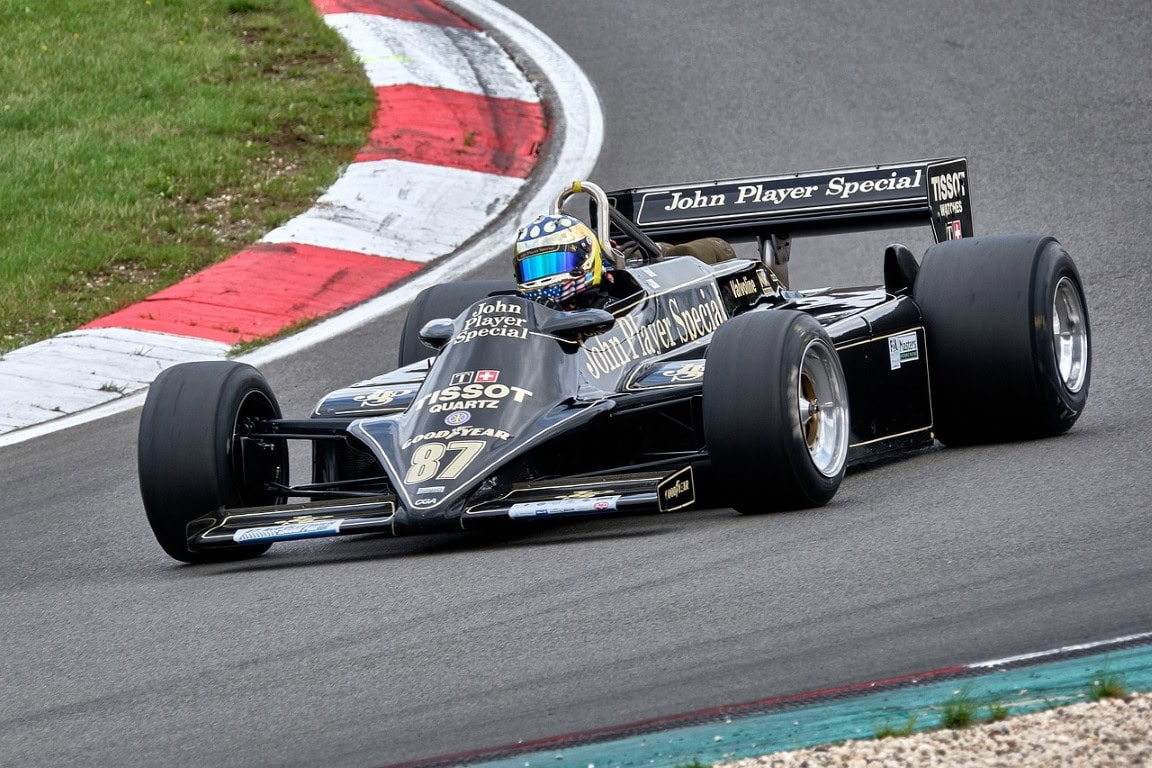
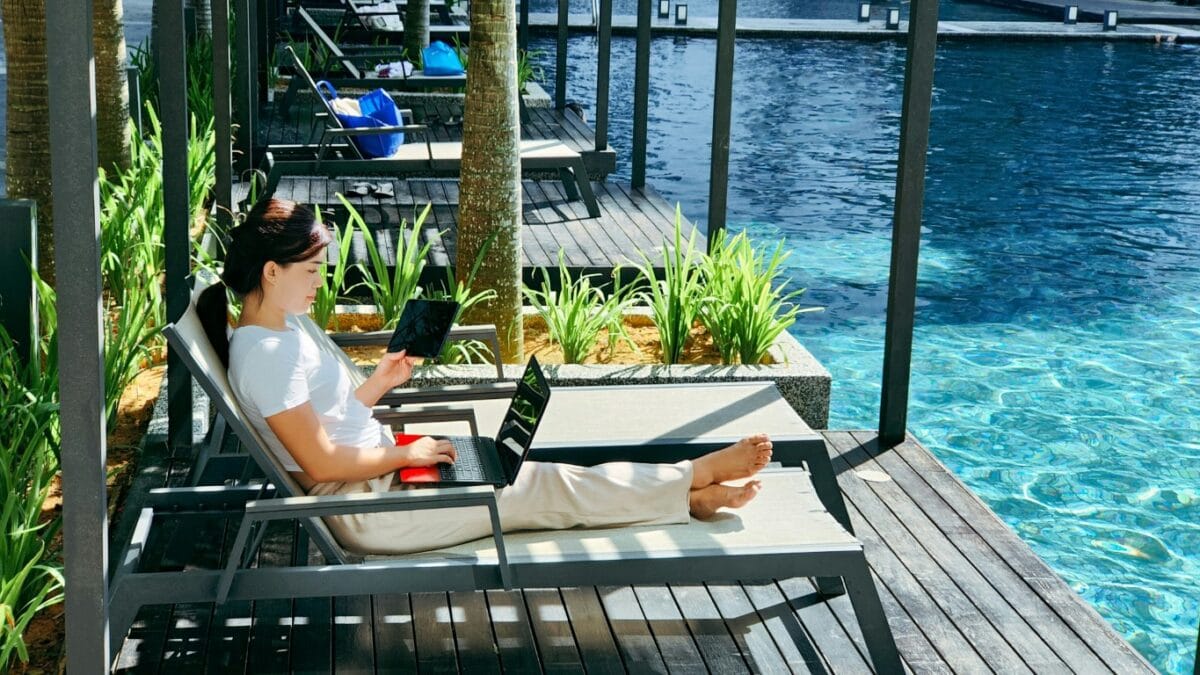

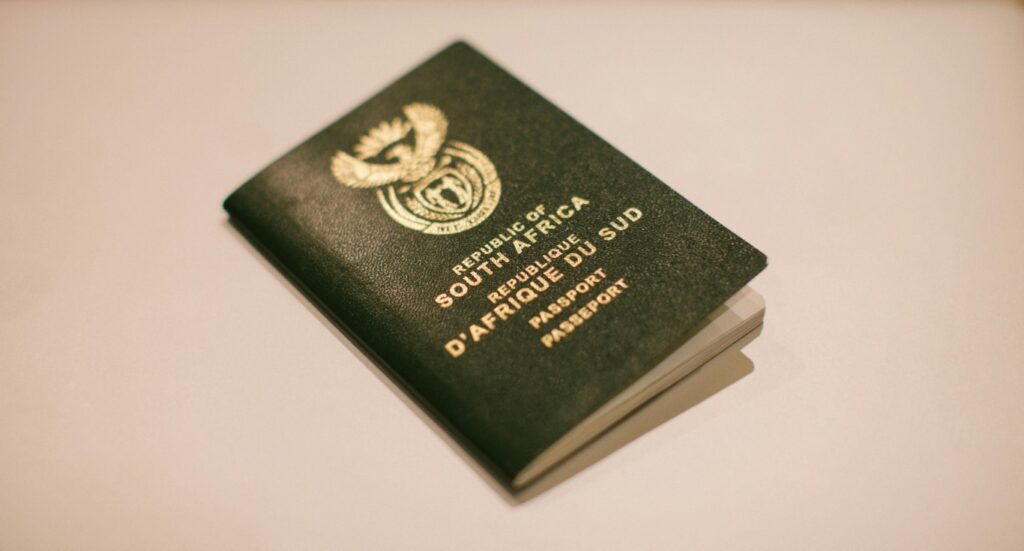
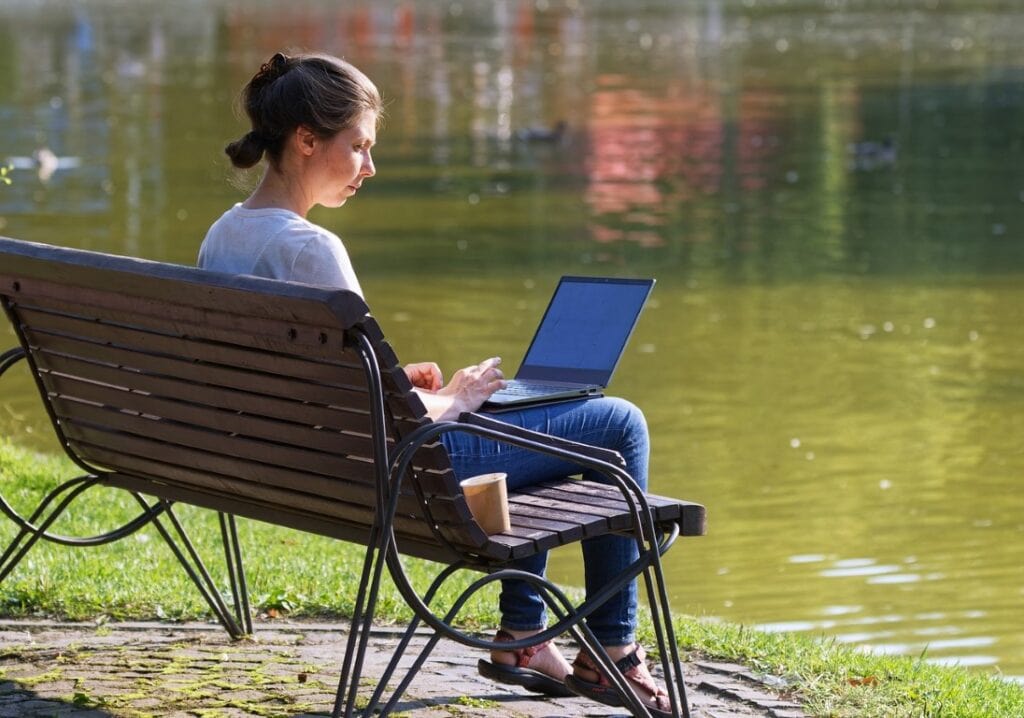
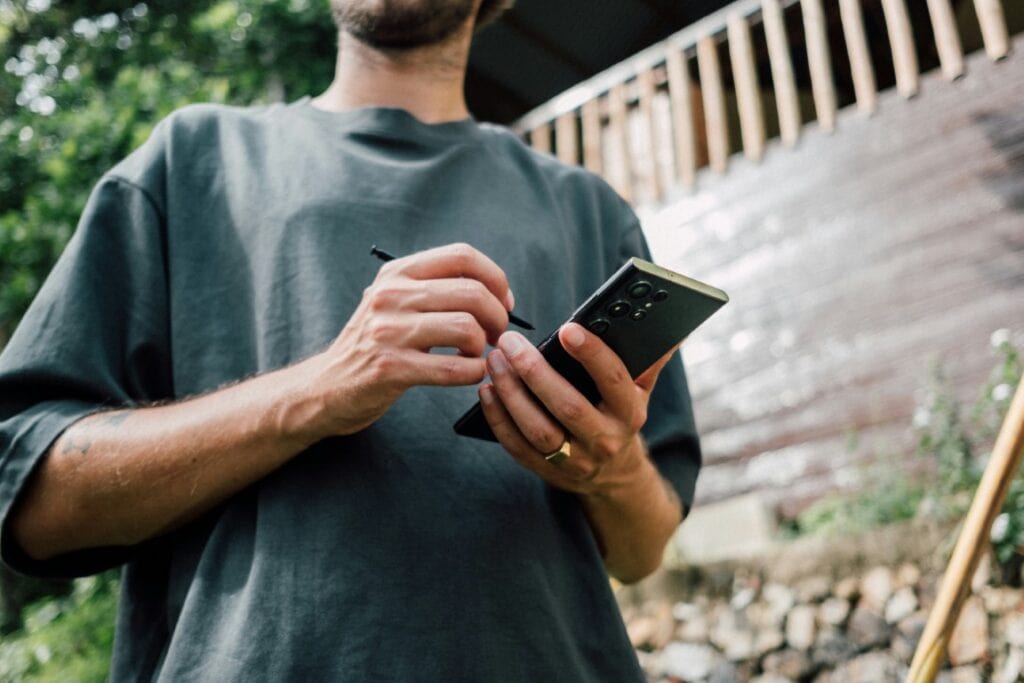
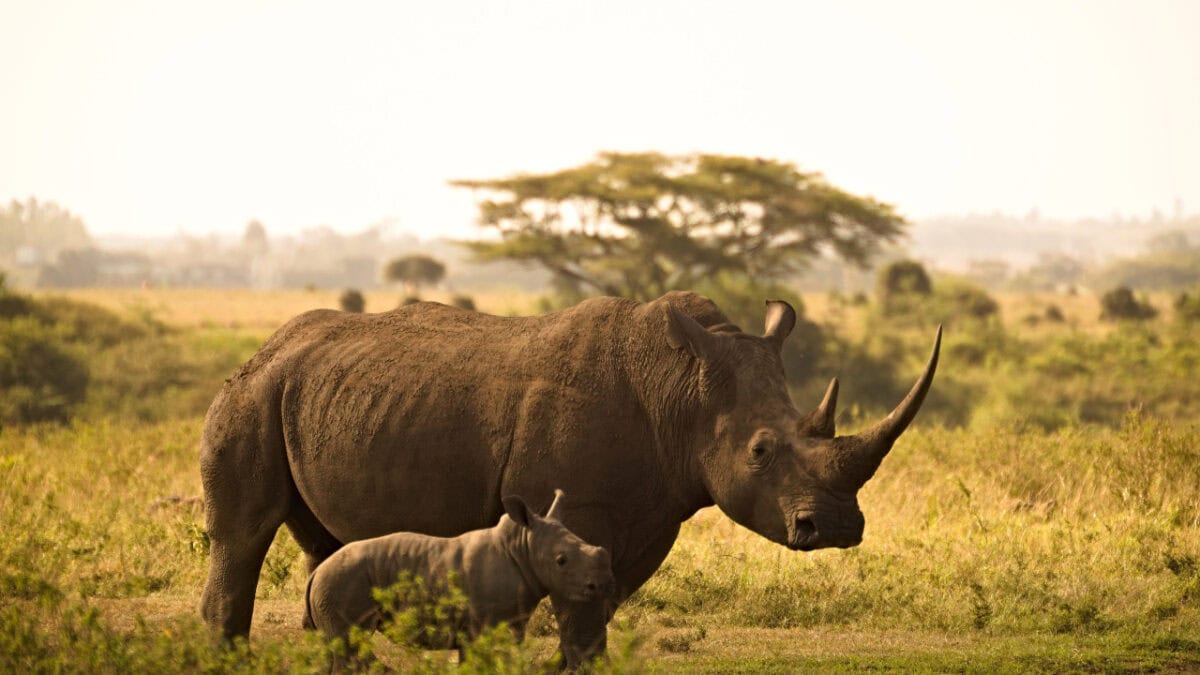
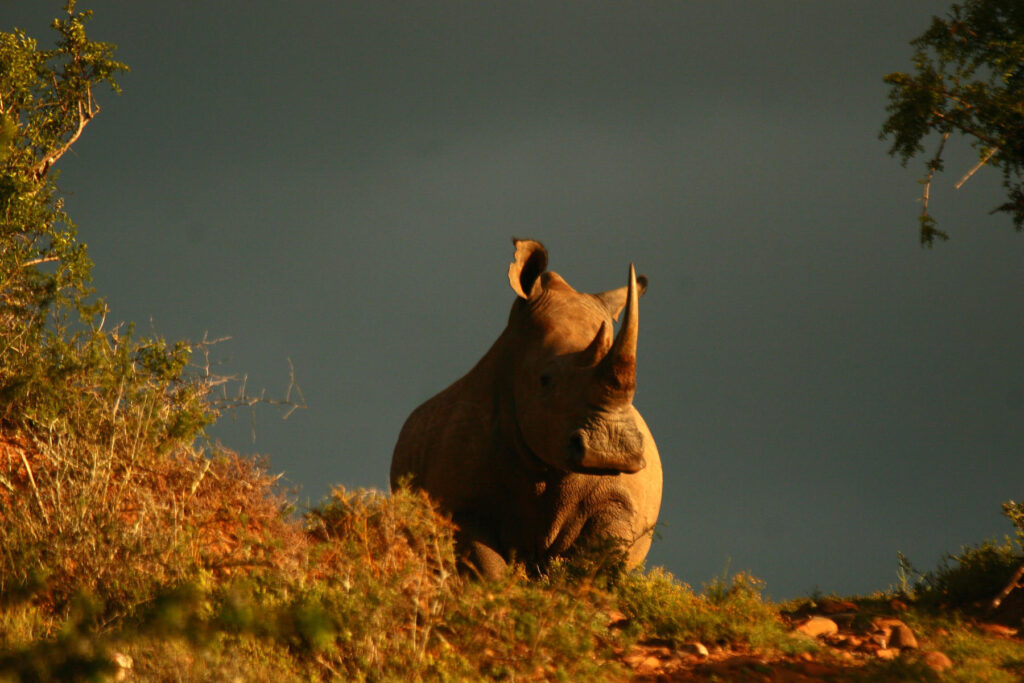
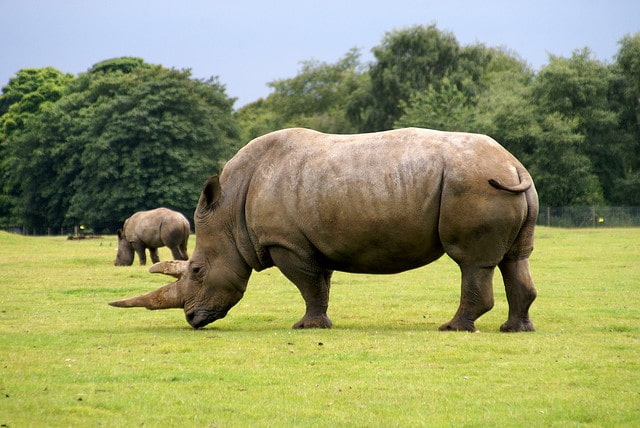
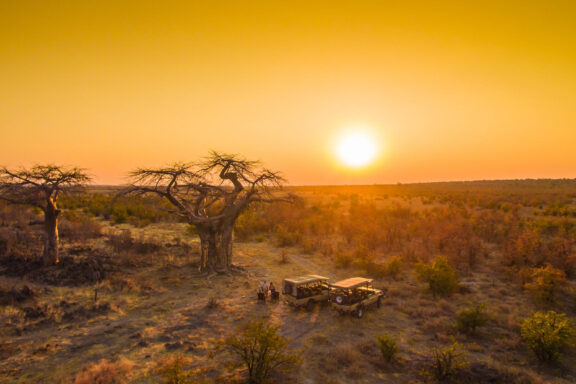
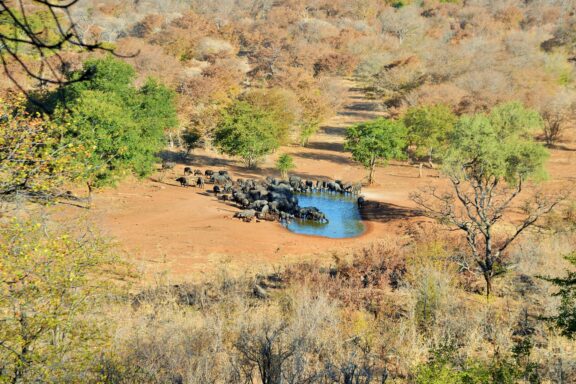
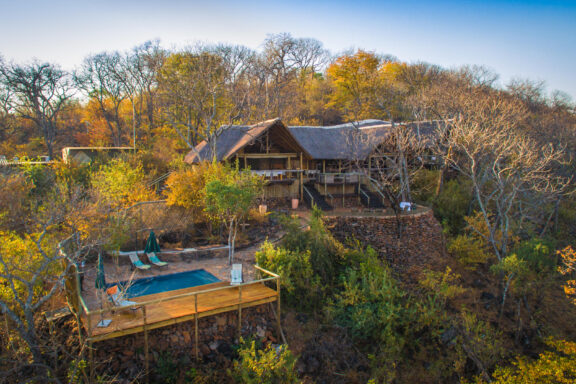
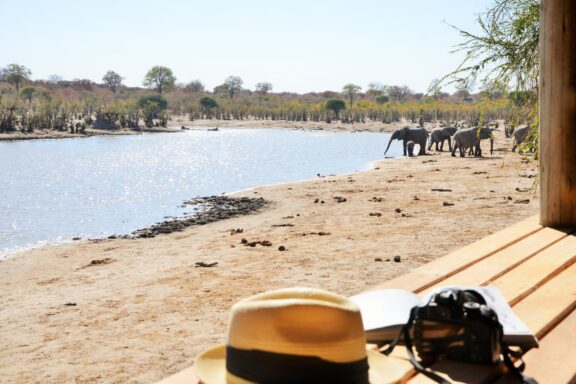

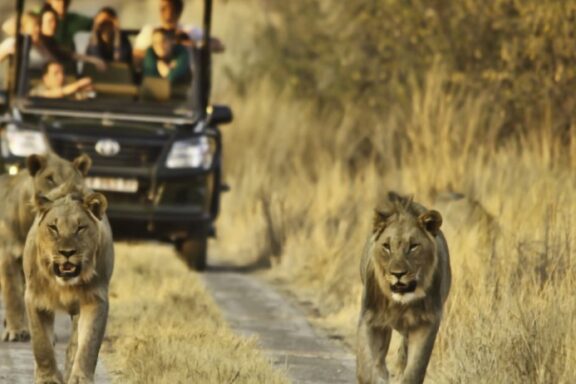
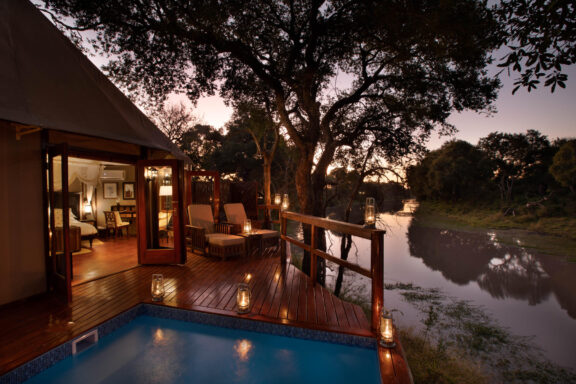
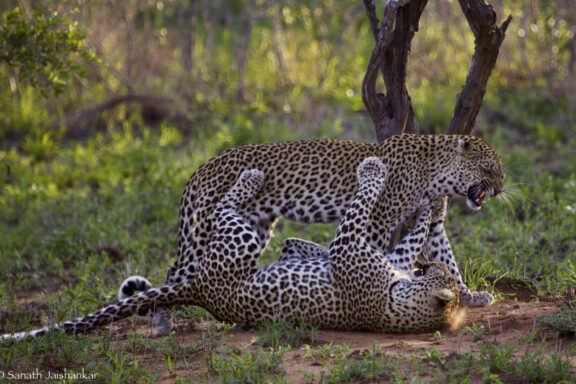
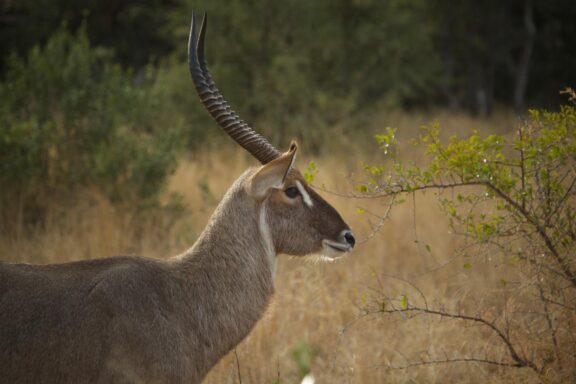

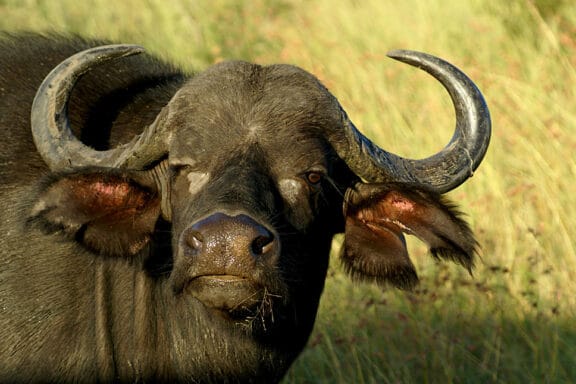
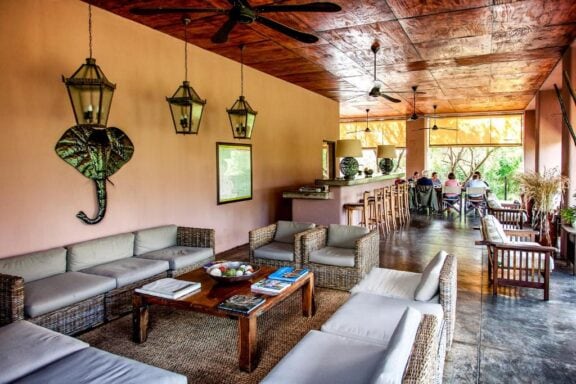
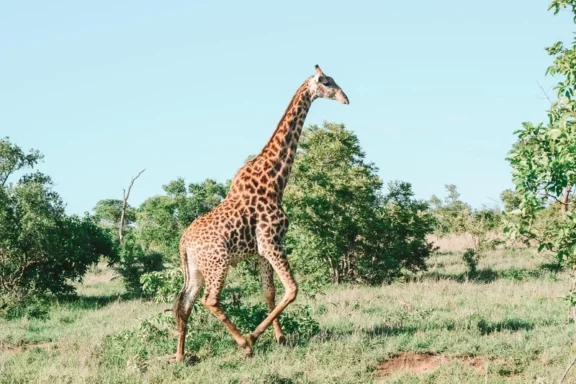
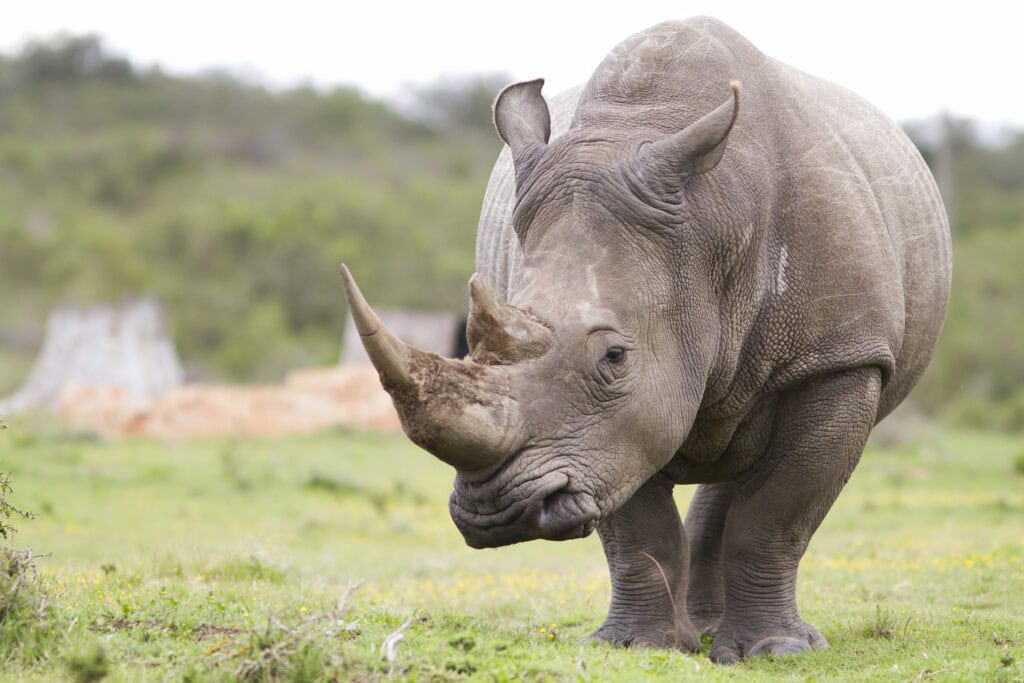
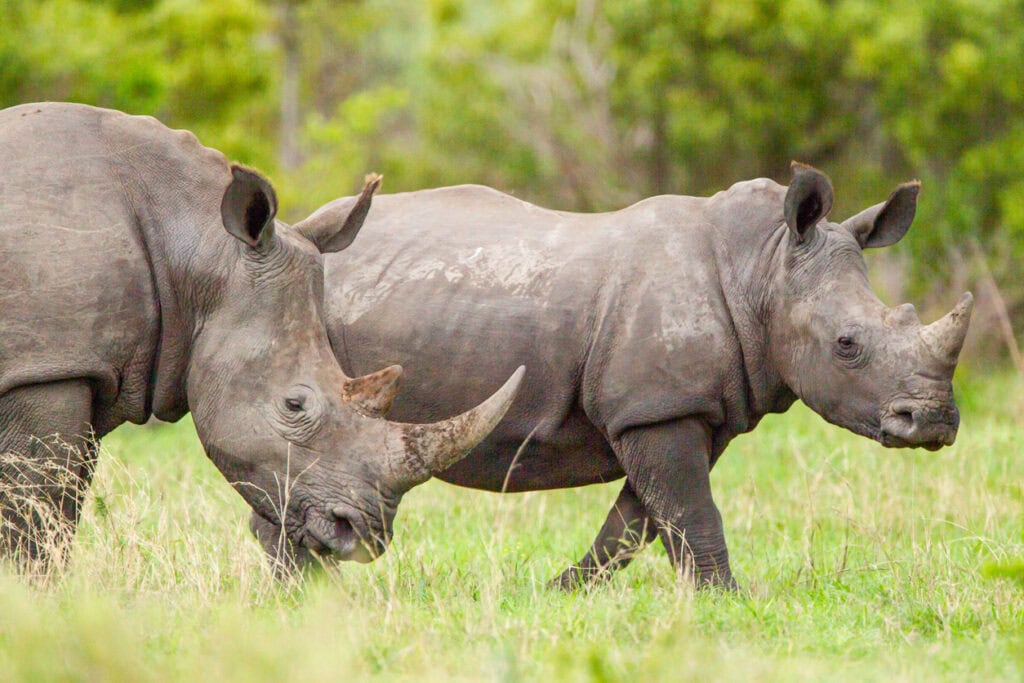
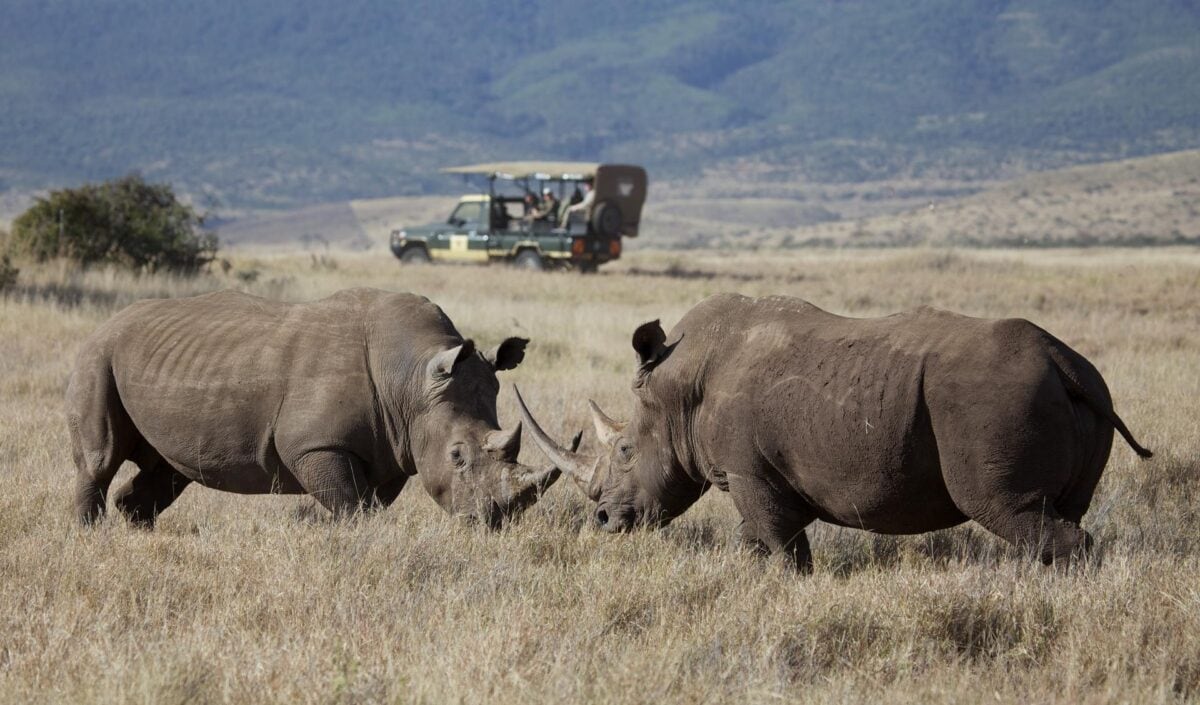
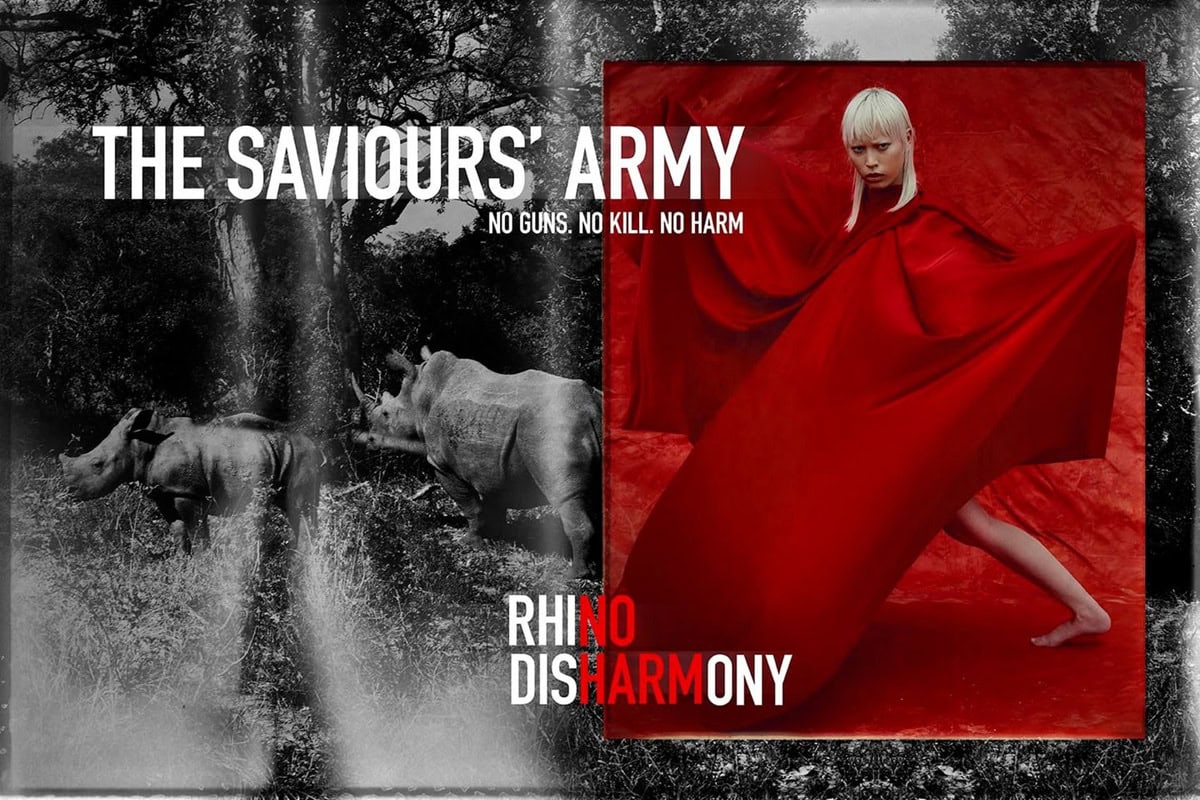
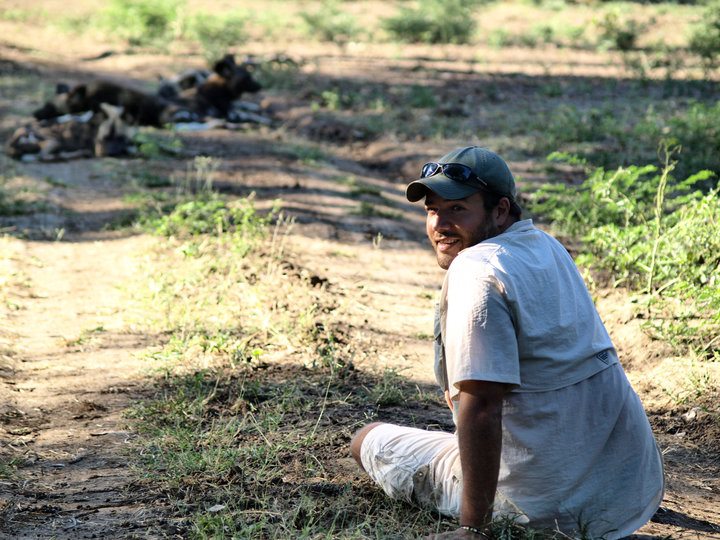
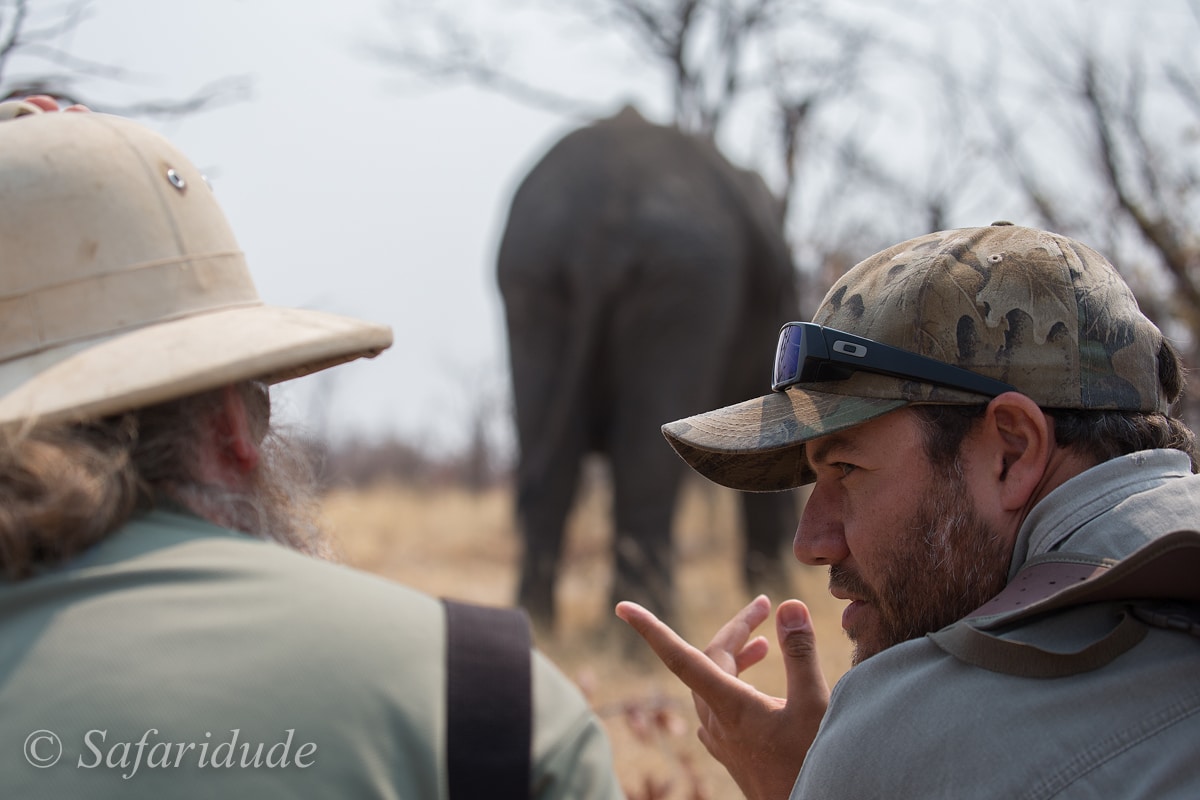
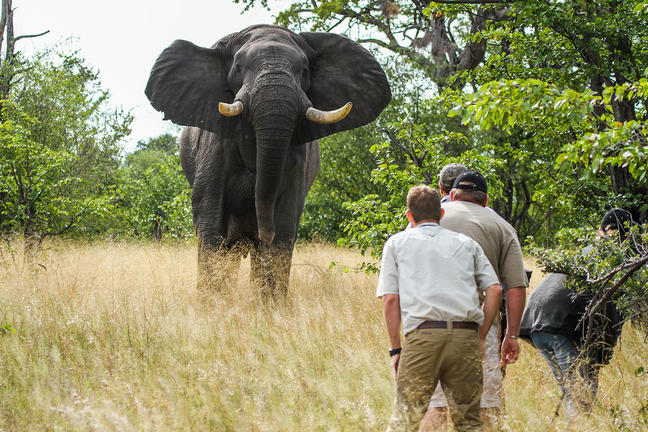
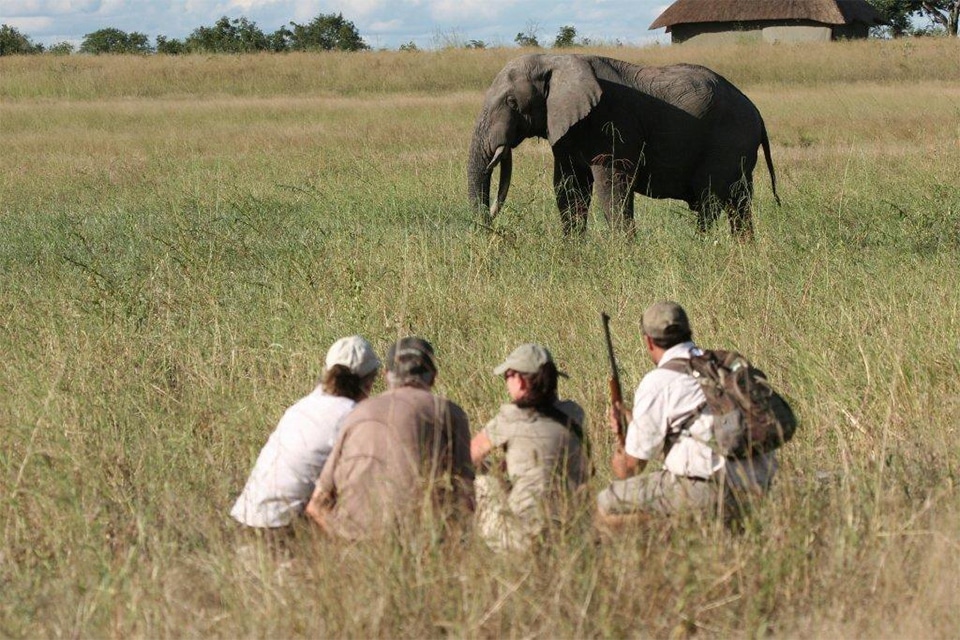
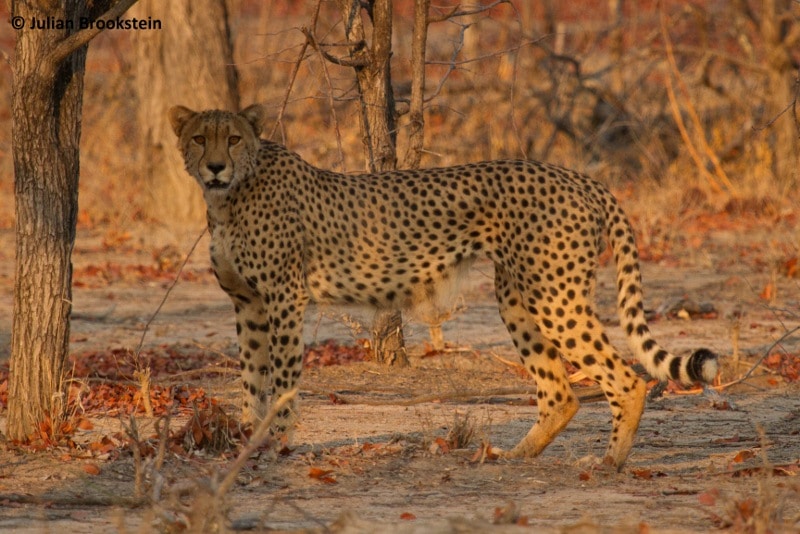
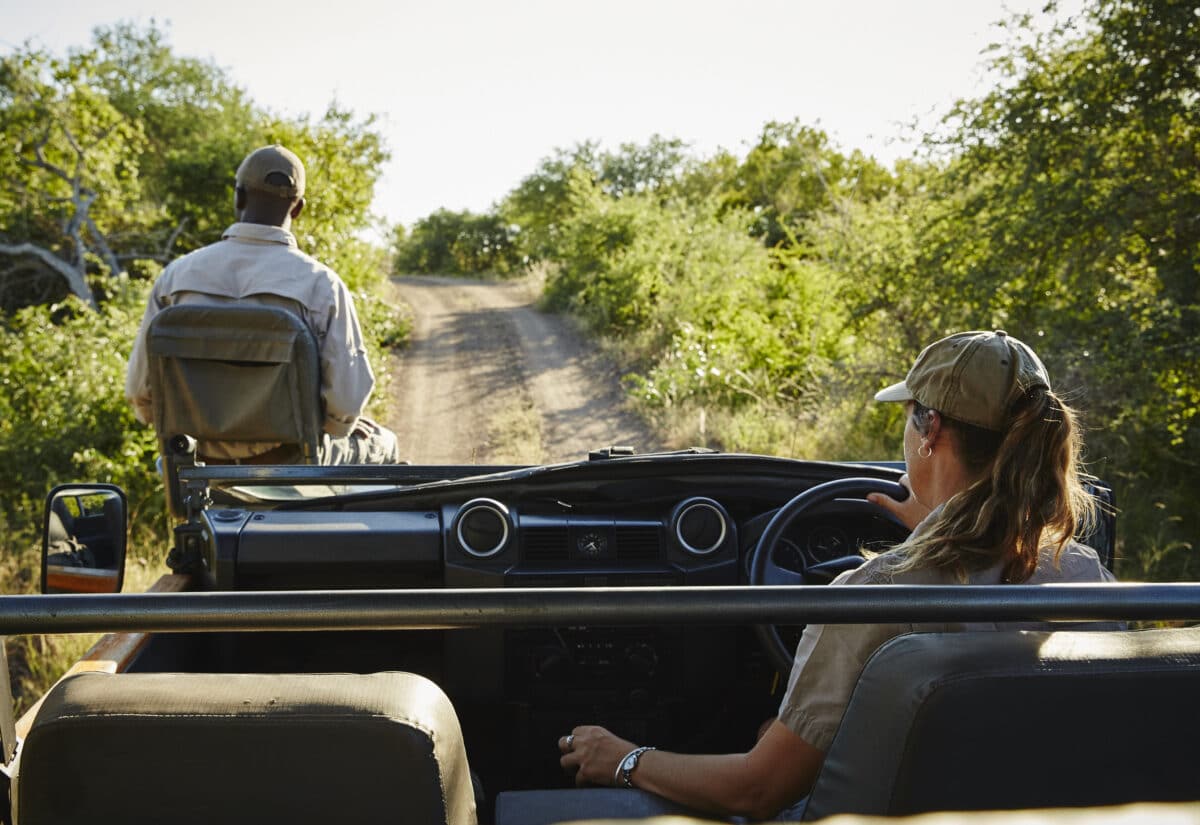
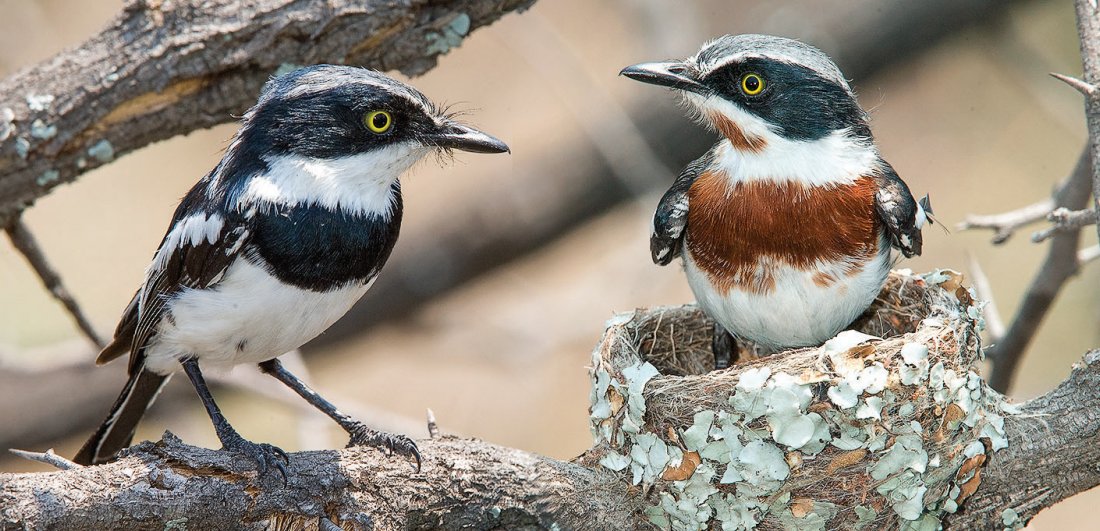 Chinspot Batis by Warwick Tarboton from his book Guide to Birds of the Kruger National Park
Chinspot Batis by Warwick Tarboton from his book Guide to Birds of the Kruger National Park